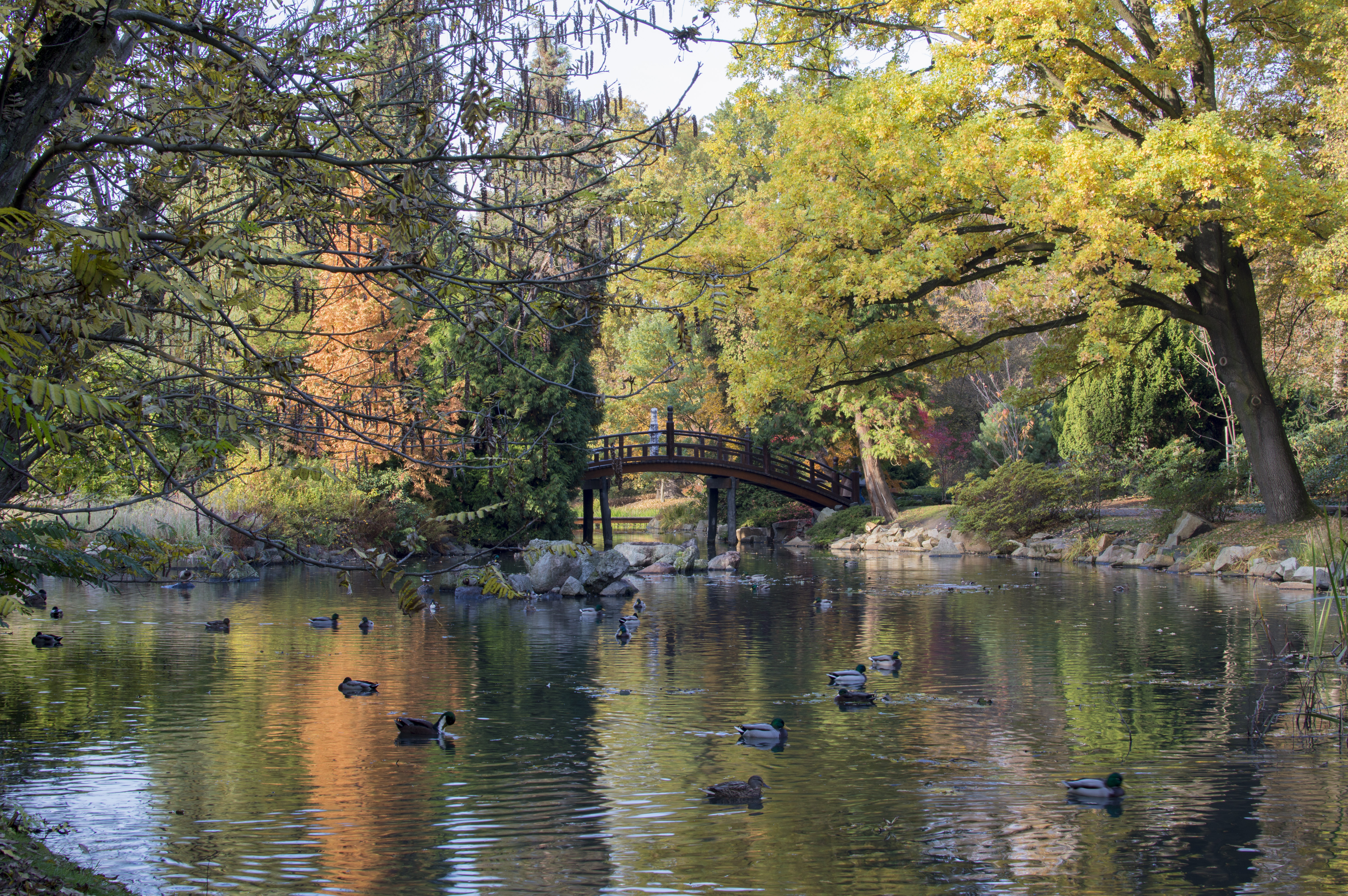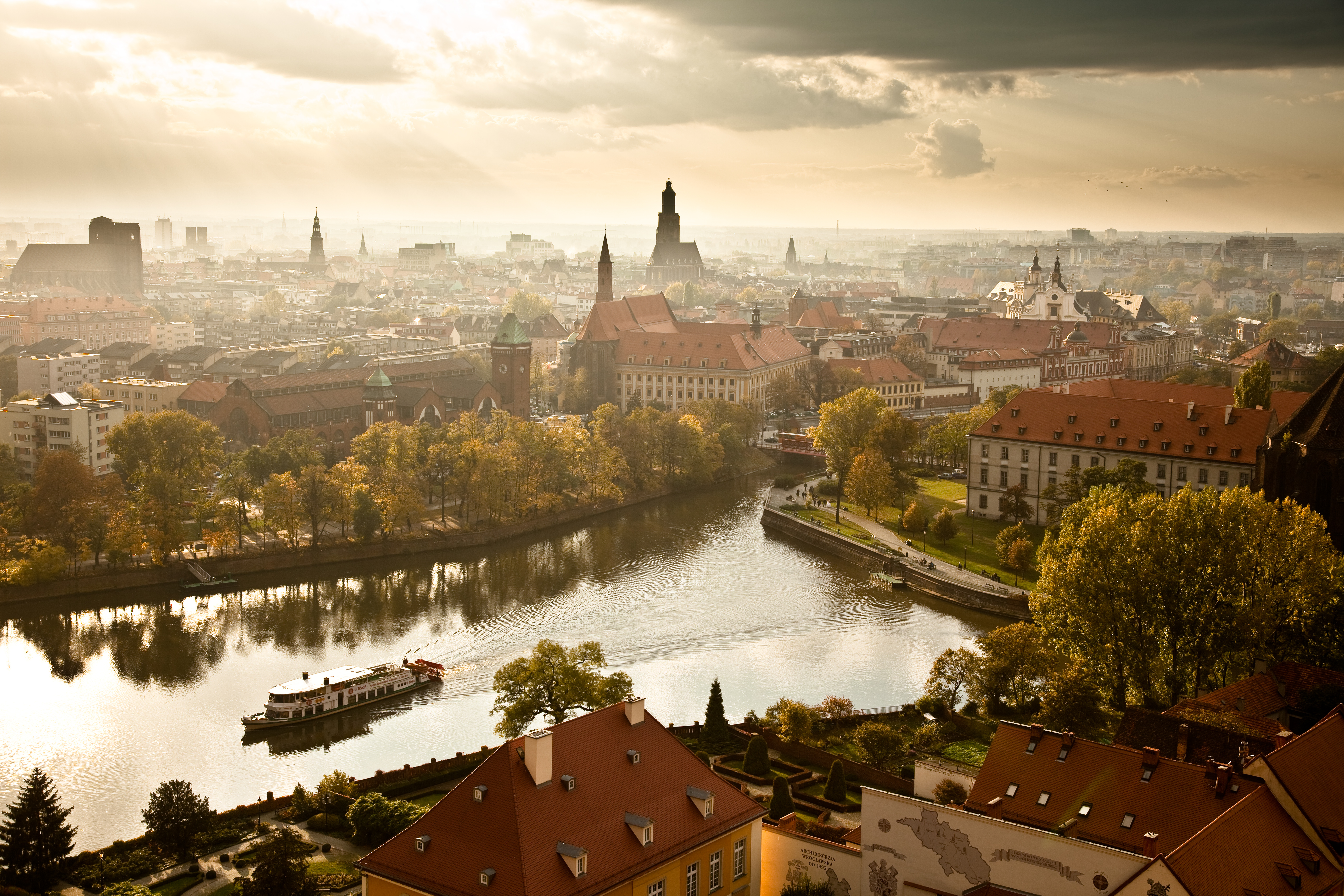Szczytnicki Park
is located to the east of Plac Grunwaldzki and the old Oder river, and covers approximately 1 square kilometre of land. The park, besides offering many sightseeing attractions, also has many dendrological rarities. The land under the park was first mentioned in writing in 1204, when Henryk I the Bearded donated the village Stitnic to the monastery of St. Vincent, where shields were produced for the duke's forces. The village was also inhabited by fishermen and farmers. In 1318, the monks sold the village to the city council, becoming the first estate outside the city walls, called Szczytniki. The forest in Szczytniki was popular among the inhabitants of Wrocław already in the 18th century. In 1783, Frederick Louis, Prince of Hohenlohe-Ingelfingen bought the terrain and established one of the first parks on the European continent in English style.


The Botanical Garden
of the University of Wrocław, known as an "oasis of beauty and peace" in the heart of a city, is a "live museum" and a research and teaching centre as well as a favourite place to rest for the citizens of Wrocław. It is located north to St. John the Baptist's Cathedral and St. Cross Church, partly within the historic Ostrów Tumski, 2 km from Rynek. It is the second (after the one in Kraków) oldest institution of this type in Poland, listed among Lower Silesia monuments. The Botanical Garden lies within the boundaries of the historic centre of Wrocław, an area designated for special protection.
The Japanese Garden
is one of the most popular places for walks. Apart from a few hundreds of original plants, trees, bushes and flowers, there are also Japanese buildings: the gate and the tea pavilion. One of the attractions of the Garden is a pond with enormous carps and other species of fish. The Garden often hosts events like tea perking, concerts and open-air happenings. The Japanese Garden was created in the beginning of the 20th century, on the occasion of the Global Exhibition in 1913. It was an initiative of count Fritz von Hochberg, who employed a Japanese gardener Mankichi Arai. After the Exhibition it was dismantled but the plants and the arrangement of alleys and the pond remained the same. The idea of renewing the Garden appeared in the 90s. The reconstruction lasted three years, the specialists from Japan came to assist, but the Garden did not survived for long. Two months after the inauguration, the Garden was destroyed by the flood. 70% of the plants were lost. The next opening of the Japanese enclave took place in October 1999.


Odra river
The Odra river is present in many places along the city. There must be a reason Wrocław is called the city of a 100 bridges! You can choose from various activities and places to spend your free time with the nature.

